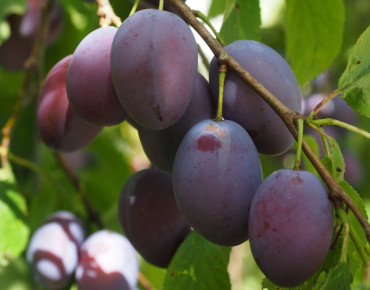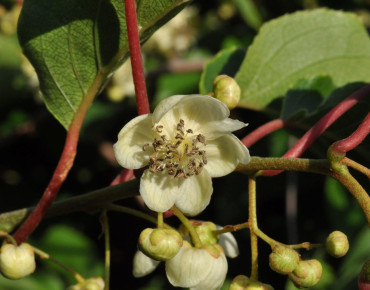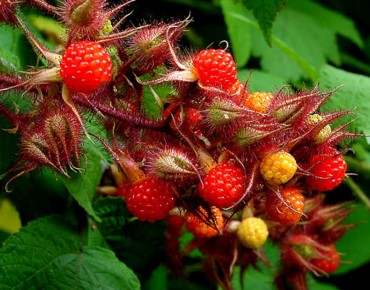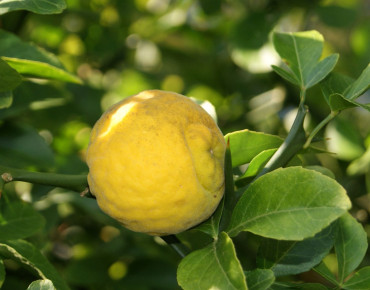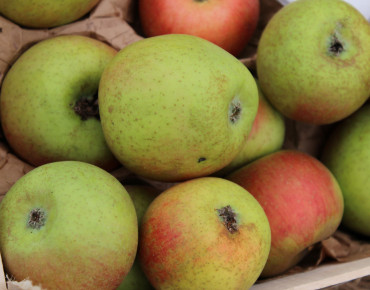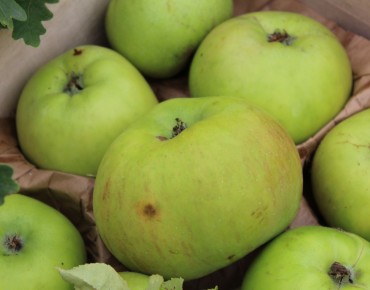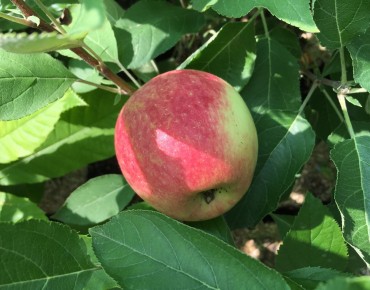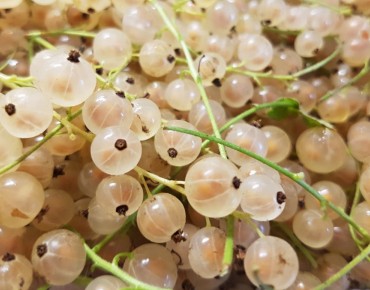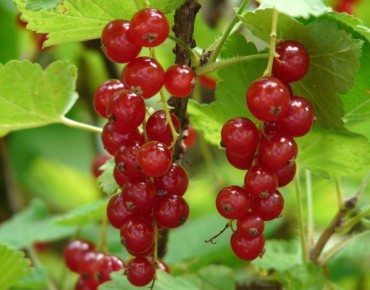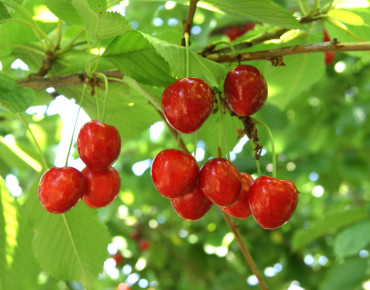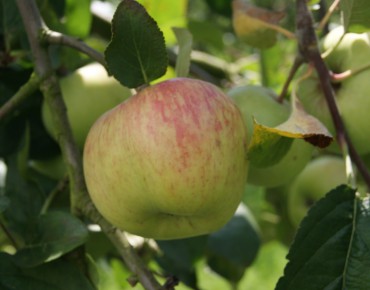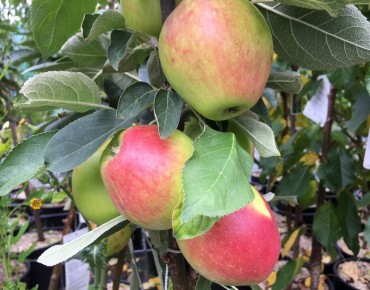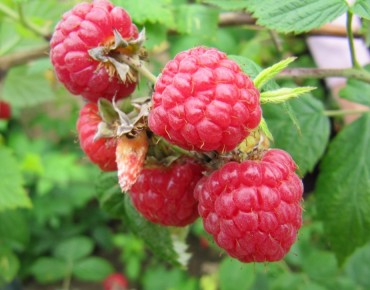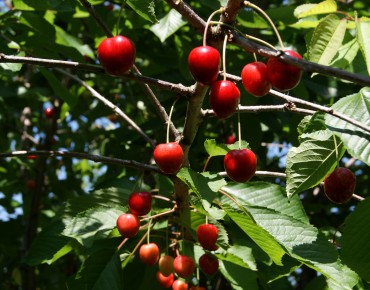- Out-of-Stock
Plum tree Altesse Double
Prunus domestica Altesse Double
Description
Plum tree Altesse Double – Prunus domestica 'Altesse Double'
Main interest of the plant
The Plum tree Altesse Double, also known as Quetsche d’Italie or Fellenberg, is a heritage self-fertile plum tree producing delicious elongated blue-violet fruits. Grafted in low-stem form, it is ideal for gardens and edible hedges. With a late flowering period, it escapes spring frosts and acts as a good pollinator for other varieties of plum trees.
Origins and characteristics
Geographical origin: Lombardy (Italy), around 1800
Botanical family: Rosaceae
Notable features: Traditional cultivar found in Belgian and northern French gardens. Resilient due to its late bloom and excellent taste.
Description and features
Mature height: 2.5 to 3.5 meters (low-stem)
Mature spread: 2 to 3 meters
Habit: Upright, well-branched
Bark: Dark brown, lightly fissured
Foliage: Deciduous, dark green
Growth: Moderate
Hardiness: Down to -20°C
Flowering and fruiting
Flowering time: Late April to early May
Flowers: White, rich in pollen
Fruits: Elongated dark blue-violet plums, juicy and firm, sweet and aromatic. Harvest from early to mid-September.
Wildlife interest: Bee-friendly flowering
This variety is self-fertile, but its yield can be greatly increased when combined with other plum varieties such as: Queen Victoria, Reine-Claude d'Oullins, Bleue de Belgique, Reine Claude d'Althan, Reine-Claude Verte, Wignon, Sainte-Catherine, Mirabelle de Metz, Belle de Louvain, Mirabelle de Nancy, and Altesse Simple.
It pollinates the following varieties: Reine-Claude d'Oullins, Monsieur Hâtif, Bleue de Belgique, Reine Claude d'Althan, Reine-Claude Verte, Wignon, Sainte-Catherine, Mirabelle de Metz, Belle de Louvain, Mirabelle de Nancy, and Altesse Simple.
Light and soil
Ideal light: Full sun
Soil type: Deep, well-drained, fertile
Planting
Soil preparation tips: Enrich with compost or well-rotted manure
Spacing: 3 to 4 meters (low-stem)
Soil nature: Neutral to slightly calcareous
Watering
At planting: Regular watering in the first year
At maturity: Moderate, drought-tolerant
Pruning
When and how to prune: Light post-harvest pruning, avoid severe cuts
Propagation
Method: Grafted on Myrobalan or Saint-Julien for controlled growth
Uses in the garden
Best placement: Family orchard, edible hedge, compact garden
Companion planting: Reine Claude, Belle de Louvain, thyme, lavender, oregano
Traditional uses
Cultural usage: Ideal for jams, baking, or schnapps. Consume quickly after harvest due to limited shelf life.
Pest and disease protection
Vulnerabilities: Sensitive to brown rot in wet weather
Natural prevention: Open pruning, harvest fruits as soon as ripe
Tips for success
Practical advice: Full sun, good air circulation, mulching at base
Cultivar specifics
‘Altesse Double’ is self-fertile, late-blooming, and offers excellent-flavoured fruits in September. Its low-stem form is perfect for modern home gardens.
Features
- Common name : Plum tree Altesse Double
- Family : Rosaceae
- Category : grafted low stem fruit tree
- Spread : 2 to 3 m
- Foliage : deciduous
- Fruit : Dark blue-purple plums, elongated, medium to large in size, with firm, juicy, sweet, and fragrant flesh.
- Harvest : Early to mid-September
- Use : isolated - orchard
- Soil : Neutral to slightly chalky, filtering
- Enemies : aphids - caterpillars
- Possible diseases : Moniliosis
- rootstock : Saint Julien A
Expédition & livraison
How does the delivery work?
 As soon as you place your order your plants are selected
As soon as you place your order your plants are selected Each order is processed individually.
Each order is processed individually. Plants are packed, staked and labeled.
Plants are packed, staked and labeled. Packaging is carefully implemented to avoid any problems.
Packaging is carefully implemented to avoid any problems. Packages are ready to be shipped.
Packages are ready to be shipped.
Our delivery methods
Shipping of our plants throughout Europe (except overseas and islands).
Customer reviews








